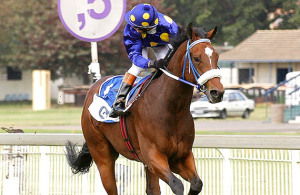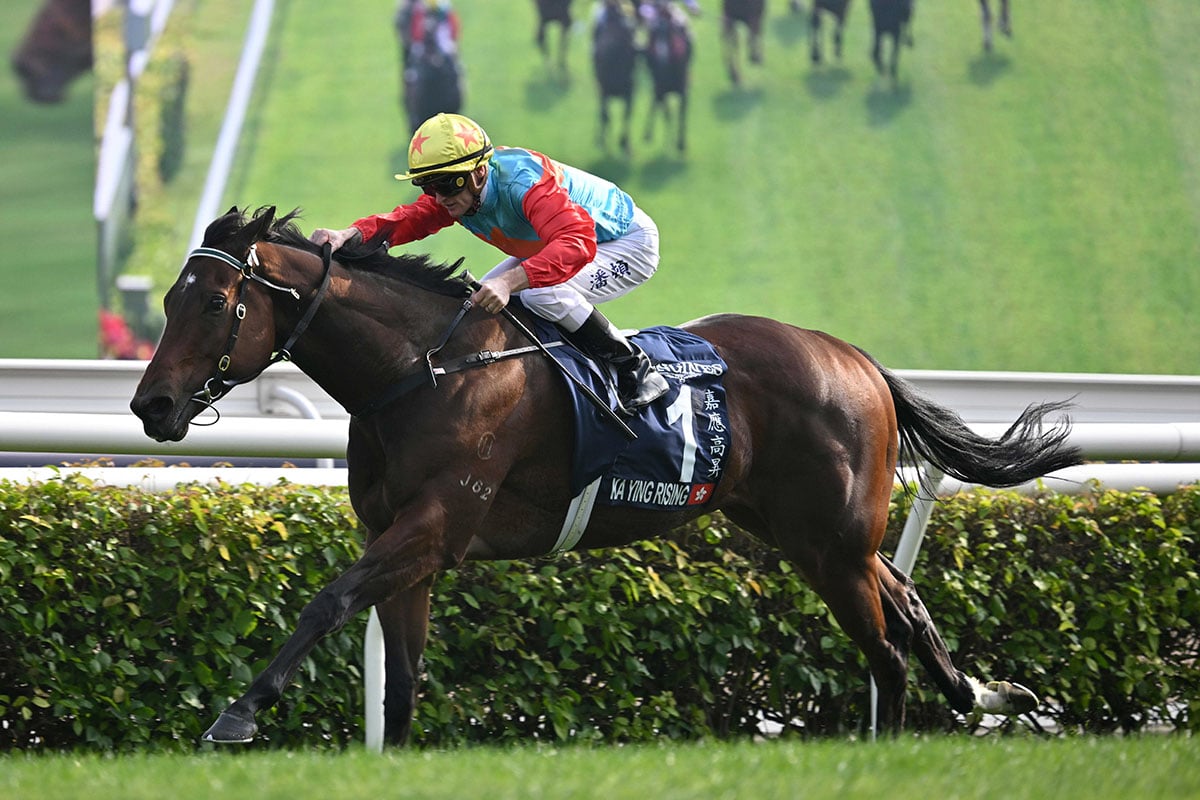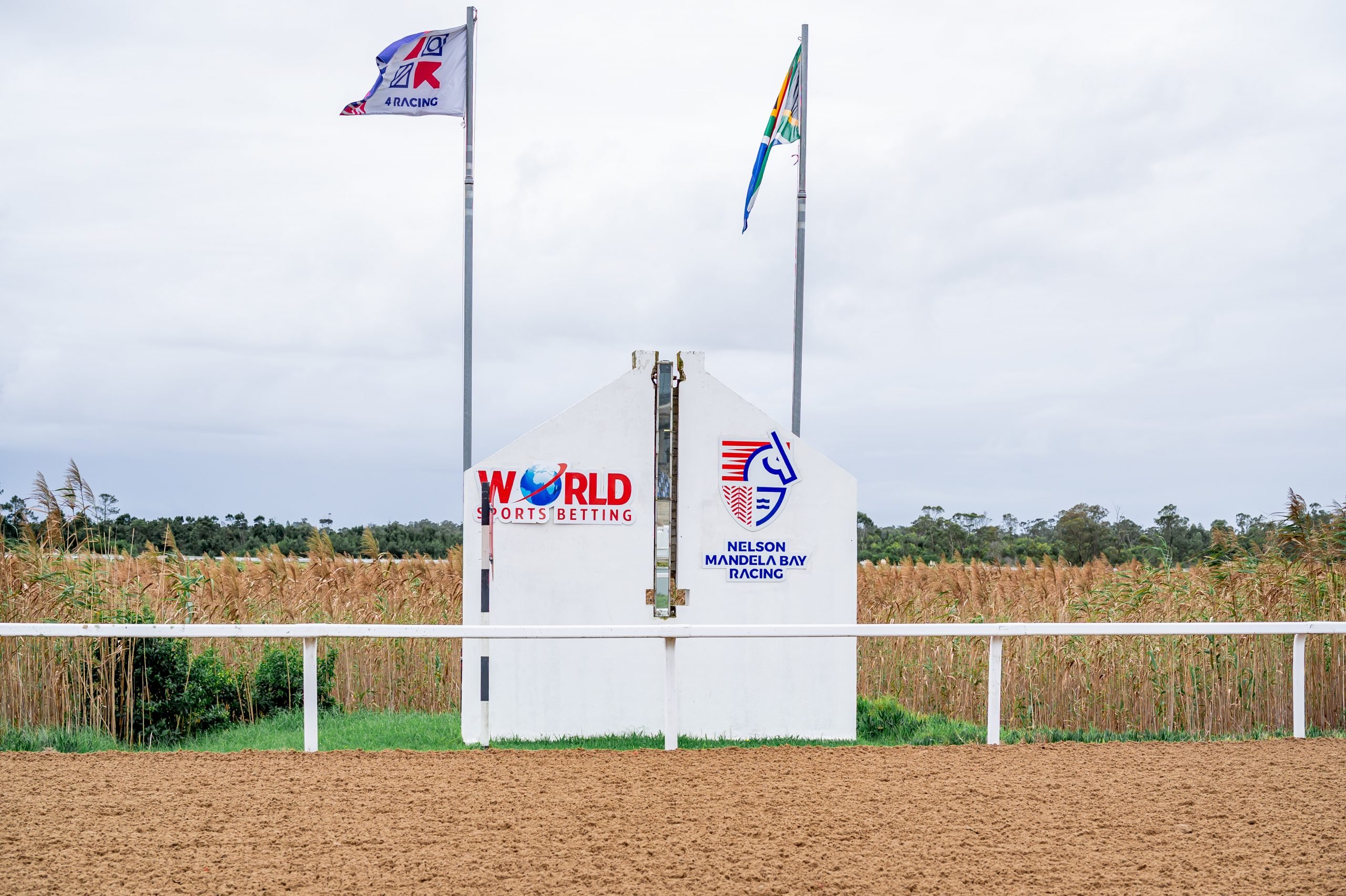Horse racing is probably the world’s oldest spectator sport and has survived since antiquity by presenting a wealth of possibilities and storylines to its audience in neat, self-contained packages. The basic question – what is going to win? – always gets an answer but others, inevitably, are left to hang on the breeze.
Why did my jockey not switch to the outside? How can an odds-on chance finish last? Is that ground really good-to-firm?
Here is another: are racehorses getting faster? It has doubtless been asked since the earliest days of organised racing in Britain, when the thoroughbred breed was being refined by sending stout local mares to imported Arab stallions. But in recent decades, and in particular since the arrival of data-crunching supercomputers, there have been occasional attempts to provide a definitive and scientific answer.
For the most part these studies have decided that racehorse performance has reached a plateau but the latest attempt to answer the same question, published this week in the Royal Society’s journal Biology Letters, begged to differ. Patrick Sherman and Alistair J Wilson, two scientists from the Centre for Ecology and Conservation at Exeter University, concluded that racehorses are getting faster, in sprint events at least.
The depth and breadth of the data that Sherman and Wilson gathered for their research is difficult to fault. Ruff’s Guide to the Turf and Raceform provided the winning times, and official going, for 48 of the best races in 47 separate years between 1850 and 1996, a total of 2,243 races in all, while post-1996 the study analysed more than 50,000 races and computed times for beaten horses as well as winners. In all, their data covered 616,084 races times run by 70,388 different horses.
No previous study, according to the authors, has amassed such a wealth of information nor – astonishing as it might seem – gone to as much trouble to consider the impact of ground conditions on race times.
And once as many variables as possible have been eliminated and the results have been plotted against time, their conclusion seems very plausible. Winning times have improved dramatically since 1850 but, while these have been largely static in middle-distance and long-distance events over the last two decades, the winners of top-class sprints – in fact, the runners in general – appear to be getting faster.
More precisely Sherman and Wilson suggest that the winning speed in “elite” sprint races has increased by 0.110% per year since 1997. This might not sound like very much but equates to an improvement in the predicted winning time from 72.92sec to 71.74sec, or 1.18sec. On good ground that is just over seven lengths – in events with six-figure prize funds and in which tight finishes are commonplace.
This seems to be as near to a definitive answer to the question as anyone could reasonably expect. Yet racing would not be racing without uncertainty. There are still some loose ends that may never be fully tied up.
“If you just judge the speed of racehorses by, for instance, the winning times in the Derby at Epsom, you can produce graphs which clearly show how massively quicker the times are since 100 years ago,” Simon Rowlands, a race-timing specialist with the Timeform organisation, said on Wednesday.
“But they have levelled out. Some of the Derbys in the 1970s were run on rock-hard ground that has not been repeated since, and that is quite deliberate on behalf of the people preparing tracks for racing these days. The increased emphasis on watering means that you don’t tend to get record-breaking or even very fast times repeated so often. Horses might be getting slightly faster in the last 10 or 20 years but it might be masked by the slightly slower surfaces that they are being asked to race on.”
The going is the most obvious variable that could disrupt accurate analysis of race times but, while Sherman and Wilson have tried to account for it, the clerks of the course who provided most of their data are long gone. As a result there is an implicit acceptance that, for instance, good-to-soft at Sandown in 1895 was the same thing as good-to-soft at York 40 years later (or at Sandown 40 years later, for that matter).
The use in the study of the British Horseracing Authority’s average GoingStick readings for different states of the ground – good-to-soft is 7.1, for instance, while good-to-firm is 8.6 – also raises a concern for Rowlands.
“That’s not a standardised procedure and that’s the whole problem,” he said. “If they took a definitive going reading an hour or three hours before racing started, then you could compare like for like but they are all over the shop. The data exists but not in a way that can be interrogated properly. I’m not saying that the GoingStick has no validity but you shouldn’t use it as if it’s some unquestionable benchmark.”
And if it is difficult to correct accurately for going, which is recorded, what about intangibles like the evolution of riding styles or even jockey competence?
Top-class racehorses register fast winning times if they travel at, or close to, their optimum speed throughout a race – but only if they win. Going too fast is the easiest way to get the best horse in a race beaten, a point that may be more widely appreciated by jockeys today than in the past. Jockeys are also paid to win races, not to record fast times. Sometimes the best way to do that is to slow everything down.
Are racehorses getting faster? In a sport that will always be founded squarely on uncertainty, it is reassuring that the answer still seems to be: possibly.
www.theguardian.com












